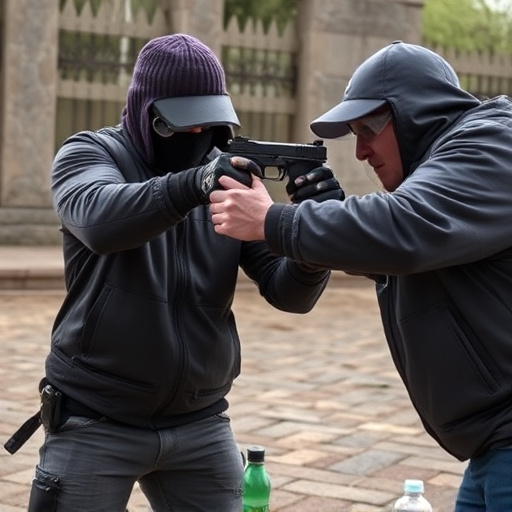US stun gun regulations vary significantly between states, influenced by public safety concerns, individual rights, and local priorities. High Voltage Stun Gun Brands must comply with these diverse laws, which cover who can own them, where they can be carried, power output limits (often 120 joules or less), and specific design requirements. Understanding state-by-state rules is crucial for legal ownership and use of stun guns, with some states allowing open carry while others require concealed permits. Consumers should research both the legal status of stun guns in their state and brand-specific features designed to meet these regulations.
“Exploring the legal landscape of stun guns across the US, this comprehensive guide deciphers restrictions state-by-state. From understanding national regulations to examining the legality of high voltage brands, we offer an in-depth analysis. Discover how factors like age limits and hidden carry restrictions vary widely. Debunk common misconceptions and stay informed about emerging trends in stun gun regulation reform. Whether you’re a law enforcement professional or civilian, this resource covers all aspects of stun gun ownership, empowering you with knowledge.”
- Understanding Stun Gun Regulations: A National Overview
- High Voltage Brands and Their Legal Standing
- State-by-State Breakdown of Stun Gun Laws
- Factors Influencing Stun Gun Legality
- Common Misconceptions About Stun Guns and the Law
- Future Trends in Stun Gun Regulation Reform
Understanding Stun Gun Regulations: A National Overview
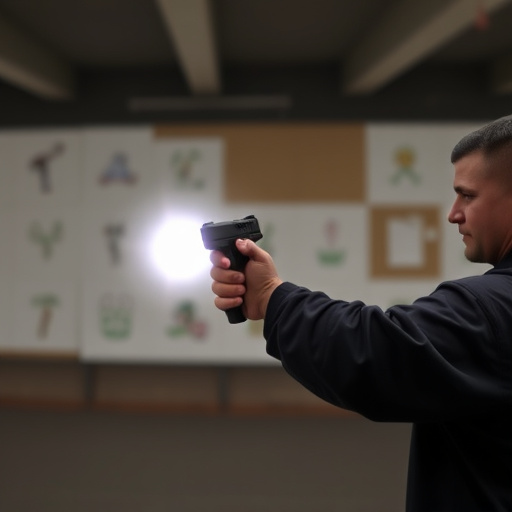
In the United States, regulations surrounding stun guns vary significantly from state to state, with each jurisdiction establishing its own rules and restrictions. This diversity is driven by a complex interplay of public safety concerns, individual rights, and local priorities. Understanding these regulations is crucial for anyone considering purchasing or carrying a stun gun, especially when opting for high voltage stun gun brands known for their effectiveness.
State laws dictate who can possess stun guns, where they can be carried, and under what circumstances they can be used. Some states allow open carry, while others require concealed carry permits. Additionally, certain states have restrictions on the power output of stun guns, with some limiting devices to 120 joules or less. High voltage stun gun brands must adhere to these guidelines, ensuring their products comply with local regulations. Knowing these rules is essential for responsible ownership and legal compliance.
High Voltage Brands and Their Legal Standing
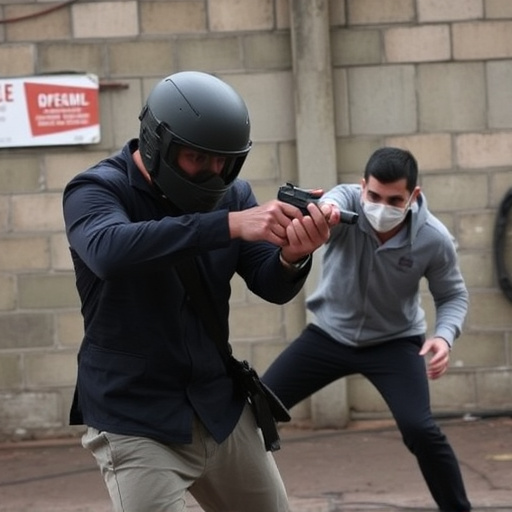
High Voltage stun gun brands operate within a legal framework that varies significantly across the United States, with each state having its own set of regulations and restrictions. While some states permit the open carry or concealed carry of stun guns without a permit, others require specific licenses or registrations. These laws are often shaped by local perceptions of public safety and security.
Brands like High Voltage, known for their high-quality and powerful stun devices, must adhere to these state regulations. They do this by ensuring their products meet the legal requirements for voltage, size, and weight, among other factors. Staying compliant involves rigorous testing and adherence to safety standards, enabling High Voltage Stun Gun Brands to maintain their legal standing while offering reliable protection to their customers across diverse legal landscapes.
State-by-State Breakdown of Stun Gun Laws

In the United States, the legality of stun guns, also known as high voltage stun gun brands, varies significantly from state to state. While some states permit their possession for personal protection, others have stringent regulations or outright ban them. This patchwork of laws makes it crucial for individuals considering carrying a stun gun to understand the specific restrictions in their jurisdiction. For instance, California and New York City have strict prohibitions on stun guns, while states like Texas and Florida allow their possession with certain limitations.
Understanding these variations is essential when choosing a stun gun brand. High voltage stun gun brands designed for legal markets often incorporate features that comply with state regulations, such as reduced voltage settings or specific safety mechanisms. It’s important for consumers to research not only the legal status of stun guns in their state but also the particular requirements that apply to them, ensuring they purchase a product that aligns with these regulations and offers adequate protection.
Factors Influencing Stun Gun Legality
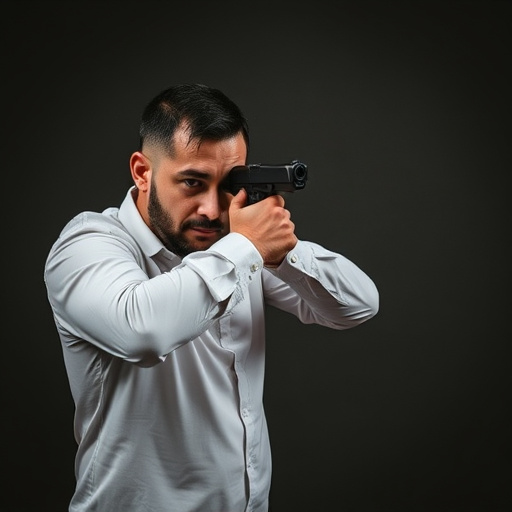
The legality of stun guns, or electroshock weapons, varies significantly across states in the US, with regulations often changing and evolving. Several factors influence these restrictions, including local crime rates, public safety concerns, and political climates. One key consideration is the power output; high-voltage stun gun brands typically face stricter regulations due to their potential for more severe shocks, which can raise ethical and medical questions.
State laws often classify stun guns into different categories based on voltage, shape, and intended use—self-defense, law enforcement, or military. Those with higher voltage outputs generally require permits, specific user qualifications, or even registration, while lower-voltage models might be more readily available to the public. Additionally, some states have outright bans on stun guns, especially if they resemble firearms or are considered potentially dangerous in certain settings.
Common Misconceptions About Stun Guns and the Law
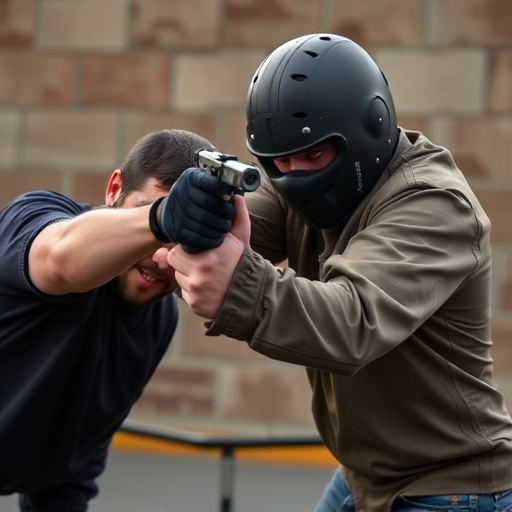
Many people hold misconceptions about stun guns and their legal status, often due to a lack of accurate information or misinformation. One common misunderstanding is that all stun guns are prohibited by law. However, this isn’t true; stun guns, also known as electroshock weapons, have varying legal restrictions depending on the state you live in. While some states allow their possession for personal protection, others have strict regulations or outright ban them.
Another misconception revolves around the idea that stun guns are legal for everyone to carry. In reality, laws vary significantly; some states require permits or specific licenses to own a stun gun, while others only place age restrictions. High-voltage stun gun brands often face scrutiny due to their potential as less-lethal force options, and their legality can depend on local regulations regarding voltage output and design. It’s crucial to research and understand the laws in your state to ensure compliance and clarity regarding the possession and use of stun guns.
Future Trends in Stun Gun Regulation Reform
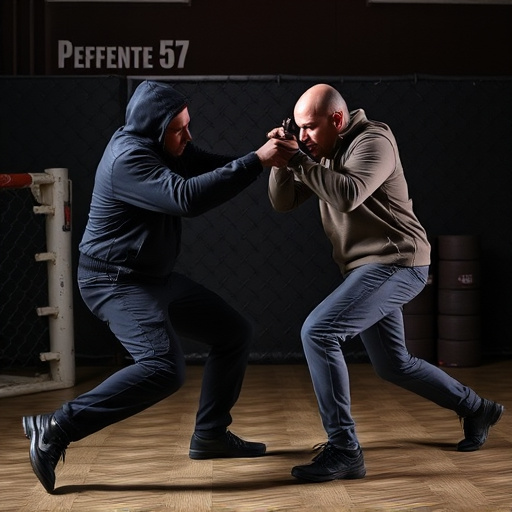
As technology advances, so do concerns about personal safety and the tools used to protect oneself. In light of this, future trends in stun gun regulation reform may see a shift towards more comprehensive and standardized laws. With the growing popularity of high-voltage stun gun brands, states are reevaluating their policies to address public safety while respecting individual rights.
One potential trend is the adoption of uniform standards for stun gun ownership and usage across different states. This could include mandatory training programs and background checks, similar to those required for firearms. Additionally, there may be a push towards stricter regulations on stun gun advertising and marketing, ensuring that consumers are well-informed about the devices’ potential risks and benefits. The focus would be on promoting responsible use while acknowledging the effectiveness of high-voltage stun gun brands in deterring crimes and protecting individuals in various situations.
In light of the varying legal landscapes across states regarding high-voltage stun guns, it’s clear that understanding these regulations is paramount for responsible ownership. The state-by-state breakdown in this article highlights the diverse approach to stun gun laws, while also shedding light on common misconceptions. As we move forward, advocating for reform and staying informed about changing trends, such as those suggested for future regulations, will ensure a more consistent and just framework for possessing and using stun guns across the nation. Remember, being aware of local laws is crucial when considering the acquisition and carrying of self-defense tools like high voltage stun gun brands.
